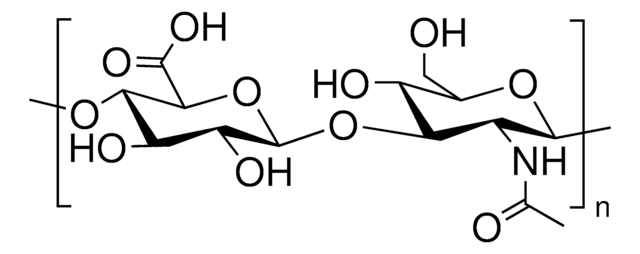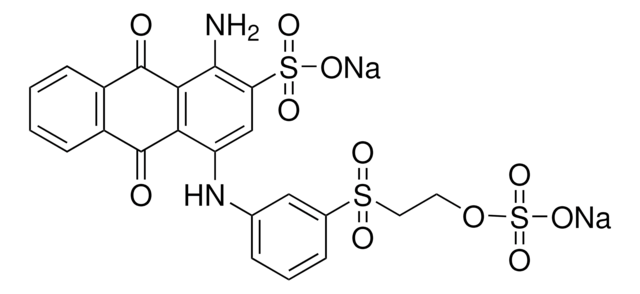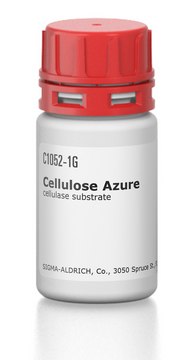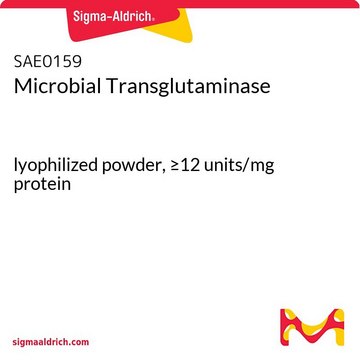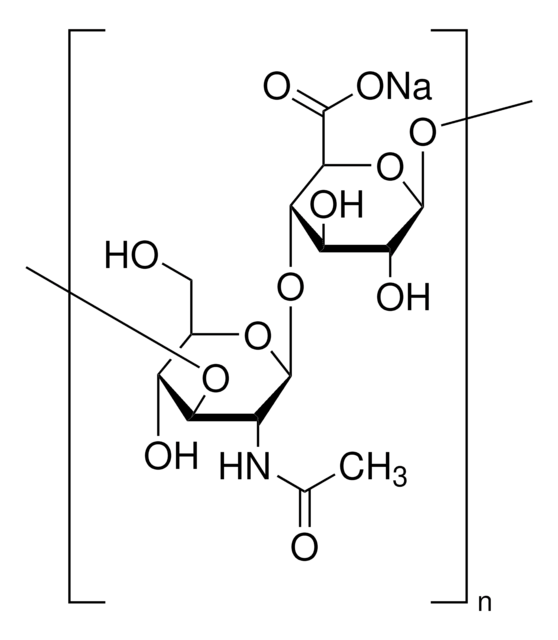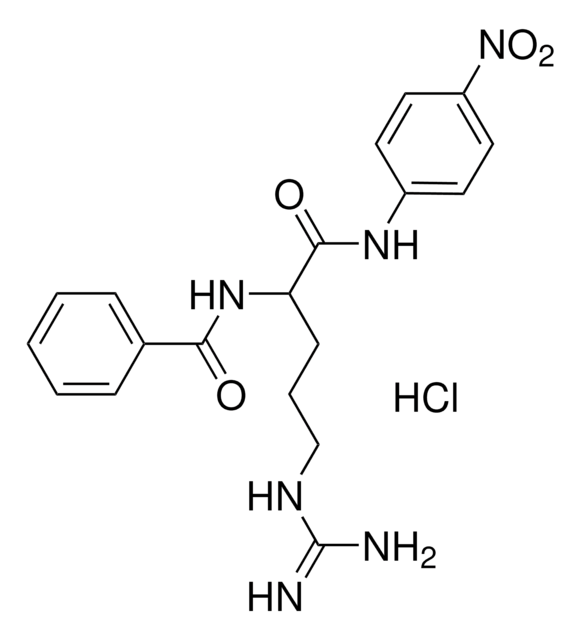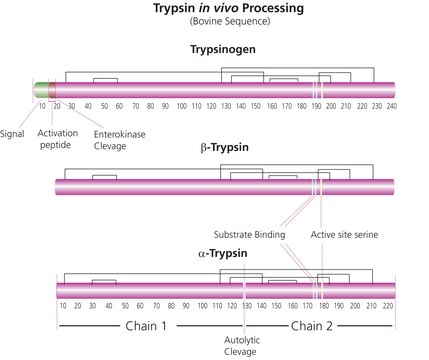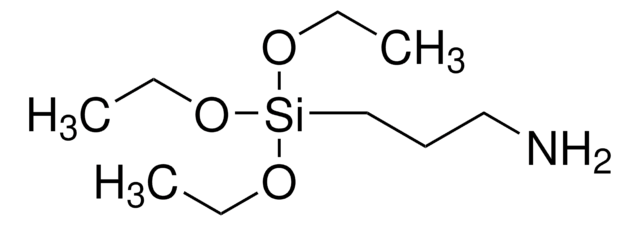H6268
Hide–Remazol Brilliant Blue R
protease substrate, powder
Synonym(s):
Hide powder azure, Remazol Brilliant Blue R–Hide
Sign Into View Organizational & Contract Pricing
Select a Size
All Photos(2)
Select a Size
Change View
About This Item
Recommended Products
Product Name
Hide–Remazol Brilliant Blue R, protease substrate
Quality Level
form
powder
storage temp.
2-8°C
Looking for similar products? Visit Product Comparison Guide
Application
Hide−Remazol Brilliant Blue R has been used:
- to study the substrate specificity of a purified collagenase preparation from Clostridium histolyticum
- to mix with cytotoxic samples for hide powder azure protease activity assay
- as a high molecular weight substrate to test the inhibition of trypsin by the purified recombinant rat bikunin, α1-m/bikunin precursor, and α1-m
- as a substrate to obtain the inhibition of snake venom protease activity by the addition of exogenous citrate
Other Notes
Hide powder covalently linked to Remazol Brilliant Blue R
Substrates
Chromogenic substrate for trypsin
Storage Class Code
11 - Combustible Solids
WGK
WGK 3
Flash Point(F)
Not applicable
Flash Point(C)
Not applicable
Personal Protective Equipment
dust mask type N95 (US), Eyeshields, Gloves
Choose from one of the most recent versions:
Already Own This Product?
Find documentation for the products that you have recently purchased in the Document Library.
Expression of a functional proteinase inhibitor capable of accepting xylose: bikunin
Falkenberg C, et al.
Archives of Biochemistry and Biophysics, 387(1), 99-106 (2001)
Citrate inhibition of snake venom proteases
Odell G V, et al.
Toxicon, 36(12), 1801-1806 (1998)
Soluble, dye-labelled substrates for a micro-plate assay of proteinase activity
Wolf G A and Wirth S J
Journal of Microbiological Methods, 25(3), 337-342 (1996)
Mary J Kennett et al.
Experimental parasitology, 102(1), 1-8 (2003-03-05)
Putative virulence factors including extracellular proteases, hemagglutinin, hemolysins, and soluble cytotoxins may play significant roles in the pathogenesis of trichomoniasis. The cytotoxicity, hemagglutinating, and hemolytic activity of Tritrichomonas foetus isolate ATCC #30003 and several field isolates were compared. All isolates
T Omori-Satoh et al.
Biochimica et biophysica acta, 1246(1), 61-66 (1995-01-05)
Two hemorrhagic principles (Bitis arietans hemorrhagin a and b: abbreviated as BHRa and BHRb) were purified from the venom of the viperous snake Bitis arietans (puff adder) by gel filtration, ion-exchange and absorption chromatography. A 10-fold purification was achieved for
Our team of scientists has experience in all areas of research including Life Science, Material Science, Chemical Synthesis, Chromatography, Analytical and many others.
Contact Technical Service